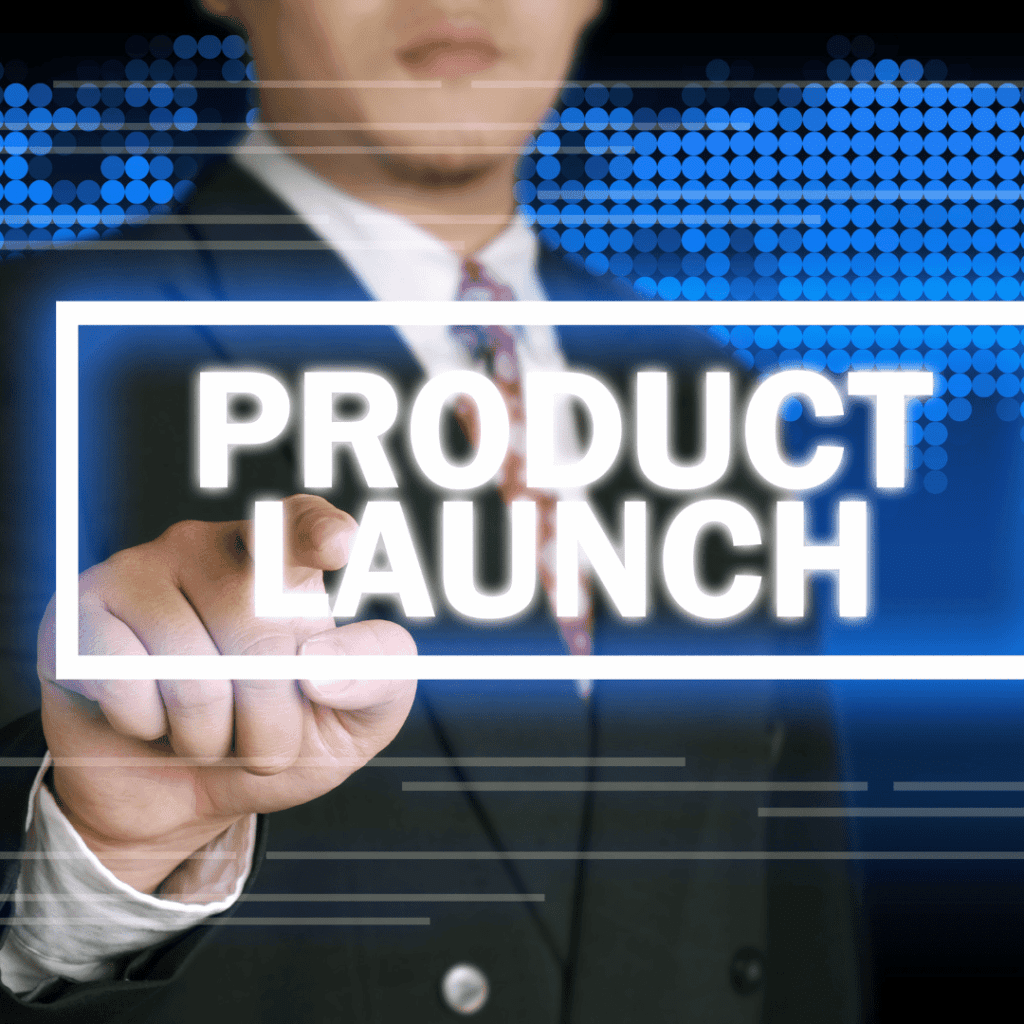The Importance of Product Research in B2B: A Guide
-
Caleb Oranye
- 10 min read

In the dynamic landscape of Product Research in B2B (Business-to-Business) transactions, staying ahead of the competition is crucial. One of the key strategies to achieve this is through meticulous product research. Understanding the needs, preferences, and challenges of your B2B audience is paramount for developing products that not only meet but exceed expectations. In this comprehensive guide, we will delve into the significance of product research in the B2B realm, exploring various methods and strategies for effective research, and highlighting how to measure its success.
Benefits of Product Research in B2B
Before delving into the methods, let’s first understand the manifold benefits of robust product research in the B2B sector:
Enhanced Customer Satisfaction: Tailoring products to address the specific needs of B2B customers leads to increased satisfaction and loyalty.
Informed Decision-Making: Research empowers businesses with insights, enabling informed decision-making in product development and marketing.
Competitive Edge: By understanding the market and competitors, businesses can position their products strategically, gaining a competitive edge.
Risk Mitigation: Research helps identify potential pitfalls and challenges, allowing businesses to mitigate risks and plan for contingencies.
Methods of Product Research in B2B
Surveying Users
Conducting surveys is an effective way to gather direct feedback from B2B users. Structured questionnaires can provide insights into preferences, pain points, and expectations.
Studying Users
Observational studies involve closely observing B2B users in their natural environment. This method offers a deep understanding of user behaviors and challenges.
Competitive and Comparative Analysis
Analyzing competitors helps identify gaps in the market and areas for improvement. Comparative analysis aids in benchmarking products against industry standards.
Leveraging Existing Research Material
Utilizing existing research materials, such as industry reports, whitepapers, and case studies, can save time and resources while providing valuable insights.
Segmentation Based on Business Goals
Segmenting the B2B market based on specific business goals allows for targeted research, ensuring that products align with the diverse needs of different segments.
Measuring the Success of Product Research in B2B
Understanding Customer Triggers and Pain Points through Research
Success in product research is evident when businesses gain a profound understanding of customer triggers and pain points. This knowledge forms the foundation for effective product development.
Converting Research into Actionable Data Points and Findings
The true measure of success lies in the ability to convert raw research data into actionable insights. Businesses should focus on translating findings into tangible product features and improvements.
Using Research to Guide the Product Roadmap
A successful product research strategy seamlessly integrates with the product roadmap. Aligning research findings with the development roadmap ensures that products meet evolving customer needs.
Prioritizing Initiatives for Customer Delight
Measuring success means prioritizing initiatives that contribute to customer delight. Whether it’s addressing critical pain points or introducing innovative features, success is reflected in customer satisfaction. Use this free AI tool to analyze customer feedback and know exactly what to prioritize in your business and product goals.
Conclusion
In the competitive landscape of B2B, product research emerges as a cornerstone for success. By employing various research methods and diligently measuring success, businesses can not only meet but exceed the expectations of their B2B clientele. The journey from understanding customer needs to implementing impactful changes is a cyclical process that keeps businesses agile, innovative, and customer-focused in the ever-evolving B2B environment.


